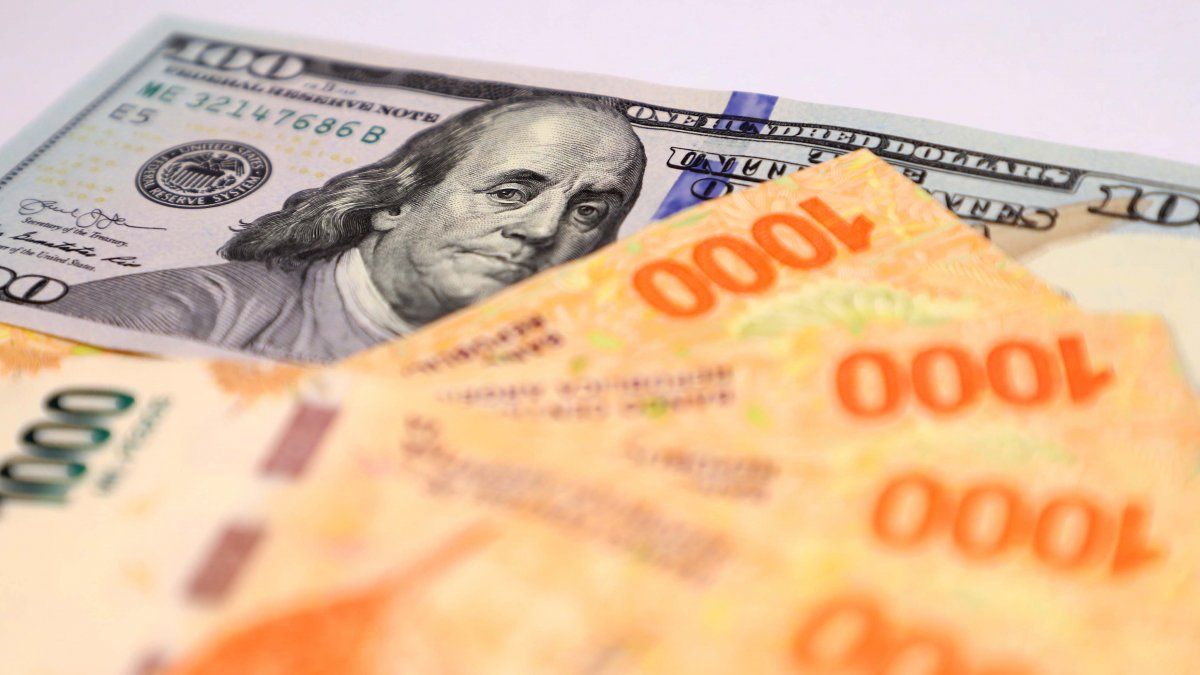The new monthly yield of the traditional fixed term is established at 8%, with an annual effective rate (TEA) of 154.3%, while the one-day rates now have a TEA of 163% and the 28-day Leliq , one of 154.9%. The will of the Central Bank is to continue encouraging savings in pesos to prevent rates from becoming negative and the majority of savers turning to the dollar. But what is appropriate? Traditional fixed term, UVA fixed term or blue?
To answer this question, it is necessary to clarify that the new rate is also below inflation (from April, by 0.4%, while with an expectation of a greater rise in inflation for the month of May, it could return to fall behind).
But if we look at the behavior of the dollar, it also beat inflation. While the CPI has been accumulating a 32% rise, the blue dollar has climbed 39% so far this year, the MEP that is undergoing surgery is slightly above (32.44%) and it is the CCL that is the furthest behind (29.37%). Therefore, in this inflationary context, it is the blue that has been winning the race against prices.
Find out more – I followed the price of the blue dollar, official, CCL and MEP in Argentina
And the fixed term UVA? This investment allows obtaining a return equivalent to inflation plus 1% annual interest rate. That is, it guarantees that the savings will not lose purchasing power over time, with a small return. However, it is not always the best option. A point against it is the term in which the money must be placed, beyond the perspective of future inflation.
On the other hand, the traditional fixed term has the “advantage” of releasing the funds at the expiration of 30 days, the placement offered with the shortest term. Thus, according to the calculations of the economist Andrés Reschini, within 90 days, following the REM inflation projections for May, June and July, the yield obtained for a fixed term UVA+1% would be equivalent to 23.8 % of invested capital. On the other hand, a traditional fixed term would offer a gain of 25.9% for the same period of time. “We must bear in mind that the REMs have been revised upwards and we also have important upward surprises in terms of the CPI. It is likely that the next REM will be revised upwards again and each one will have to evaluate if it is worth taking the risk ”, Reschini explained.
Source: Ambito




